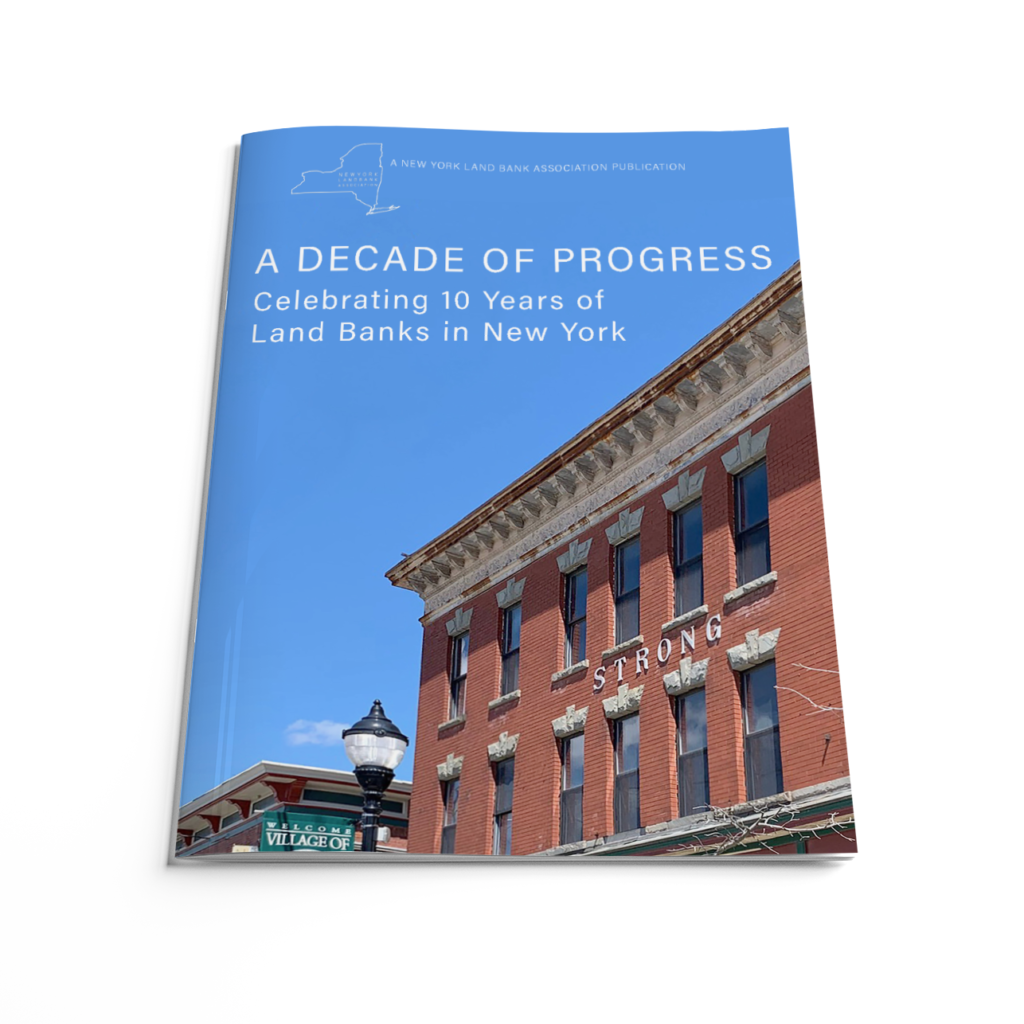Topic(s): Land Banks
New Report on Ten Years of Land Banking in New York Offers Compelling Metrics of Success, Useful Lessons, and a Lot of Inspiration
March 16, 2023

By Tarik Abdelazim, Director, National Technical Assistance
Before I came to Community Progress, I spent eight years in public service in my hometown, Binghamton, New York. As the Director of Planning, Housing, and Community Development from 2010-13, I watched the tax foreclosure process and subsequent tax auction displace tenants, deprive homeowners of equity, and attract the worst kind of bidders—many of whom were the same notorious slumlords evading code officials and harming vulnerable tenants in other parts of our city.
I had a front-row seat into the harms of auctioning off tax-foreclosed properties, particularly low-value residential properties, but thought, what could be done? Like in many states, a mix of ineffective laws, partisan divisions, and the allure of maintaining the status quo made reforming this local process difficult.
Then, I heard that New York was exploring legislation to allow municipalities and counties to create land banks. “What the heck is a land bank?” I wondered.
I quickly learned that for Binghamton, a land bank promised a better alternative to the tax auction. It would generate more predictable outcomes that advanced community goals and neighborhood priorities. A land bank was exactly the kind of tool we needed to get vacant, abandoned, and deteriorated properties back into productive, community-aligned use. After New York passed this landmark land bank-enabling legislation, I worked with County and local officials to help establish the Broome County Land Bank in 2012, one of the first land banks in the state.
Ten years later, my Community Progress colleagues and I were proud to partner with the New York Land Bank Association on a report celebrating the first decade of land banking in New York.
The report demonstrates that when granted sufficient legal powers, backed by adequate public sector funding, and led by thoughtful, entrepreneurial practitioners, land banks can help interrupt the cycle of disinvestment.
The numbers tell a big part of the story. Over the last ten years, New York land banks:
- Acquired more than 5,000 problem properties, demolishing 1,500 of them and returning another 3,200 to productive reuse;
- Leveraged $180 million in public funding to secure another $300 million in private investment that has stabilized and revitalized neighborhoods;
- Returned more than $135 million in assessed value to the tax rolls; and
- Generated $56 million in sales proceeds that were either rolled back into land bank interventions or shared back with local and county governments to support other public services.
The real value of land banks, however, is in their positive impact on people and their ability to build innovative partnerships that help neighbors and neighborhoods most impacted by vacant, abandoned, and deteriorated properties. For example, land banks in New York are:
- Expanding the Production of Affordable Housing. Fifteen land banks have partnered with Habitat for Humanity affiliates to expand quality, affordable homeownership opportunities. Five land banks have sold properties to local community land trusts. And all land banks have partnered with either nonprofit housing providers or private local contractors to create more affordable housing choices, including rental units, across the state.
- Building Stronger, Safer Neighborhoods. From Buffalo to Long Island and all places in between, land banks are improving neighborhood health and safety by turning vacant lots into recreational amenities, public spaces, and community gardens.
- Remediating and Restoring Contaminated Sites. Following the pioneering work by Suffolk County Land Bank, seven more land banks have executed or are finalizing agreements with New York State’s Department of Environmental Conservation and Comptroller’s Office to tackle brownfields more effectively and efficiently in their respective communities.
- Advancing Racial Equity. Ten land banks, mostly those serving urban communities where vacant properties disproportionately impact neighborhoods of color, have either reformed policies or implemented programs to achieve more racially equitable and just outcomes.
- Supporting Workforce Development Goals. Five land banks have active partnerships with local vocational and trade schools to provide students with hands-on construction experience rehabilitating vacant properties or building new homes. Another seven land banks have partnerships that advance local workforce development goals.
The report also includes a portfolio of twenty-six project highlights, which demonstrates how these institutions can adapt to local priorities and goals and should provide inspiration to any reader looking for ways to increase their land bank’s impact.
However, the impressive impact was largely due to a steady stream of funding made available by the New York Office of Attorney General. (How? Please read the report. This is a blog post, and my editor says I’m already over my word limit.)
By every measure, land banks have proven remarkably successful in New York, responsible for attracting and stewarding investments of more than $480,000,000 in historically underserved urban neighborhoods, village centers, rural main streets, and even dilapidated manufactured home parks and contaminated industrial sites.
New York has demonstrated over the last ten years that with recurring and predictable public funding, strong political champions, creative leaders, and innovative, cross-sector partnerships, land banks are powerful community development tools. They can break the cycle of disinvestment and decline and pave the way to more equitable, inclusive, and resilient communities.
Is your community struggling with vacant, abandoned, and deteriorated properties? We can help! Contact us at [email protected] to learn about how our team of legal, strategic, and policy experts can help you transform the systems and policies that perpetuate problem properties—including housing and building code enforcement, delinquent property tax enforcement, vacant land stewardship, land banking, and more—to address the full cycle of property revitalization. Click here to learn more about our services and approach.
Subscribe to join 14,000 community development leaders getting the latest resources from top experts on vacant property revitalization.

